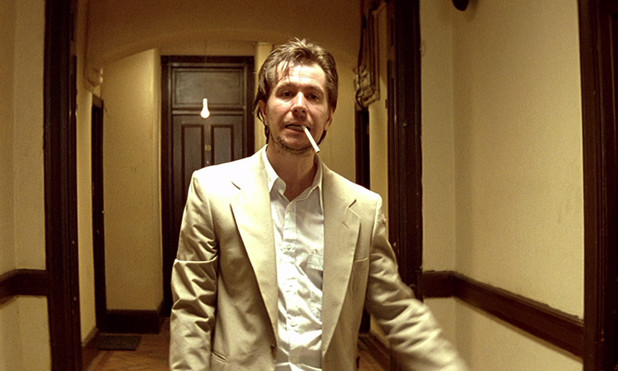
So many fingers, so many pies, it sometimes seems like Luc Besson is everywhere! There are, quite literally, scores of films that he has been involved with: as writer, as director, and as various types of producer. He’s been involved with some well known franchises: Taken, Taxi, Transporter and that’s just from the ’T’ part of the list.
So you have to wonder what we’d be watching if the 17 year old Besson hadn’t had the car accident that prevented him following his first choice of career – marine biology. He was born in Paris, France to parents who were both Club Med scuba diving instructors and spent his formative years in various Mediterranean Resorts. As a teenager, he would entertain himself by reading comics and writing stories, some of which were later developed into his better known films.
During the ‘80s Besson, Jean-Jacques Beineix, and Leos Carax were the leading lights of Cinéma du Look favouring style over substance and spectacle over story. (Personally speaking I find that a little harsh as ‘Nikita’ and ‘Le Grand Bleu’ have oodles of substance and a great story as well as looking gorgeous.) While Besson might have felt uncomfortable with that categorisation, it can’t be denied that his films are always a treat for the eyes.
17, 16, 15 – The Arthur and the Minimoys series
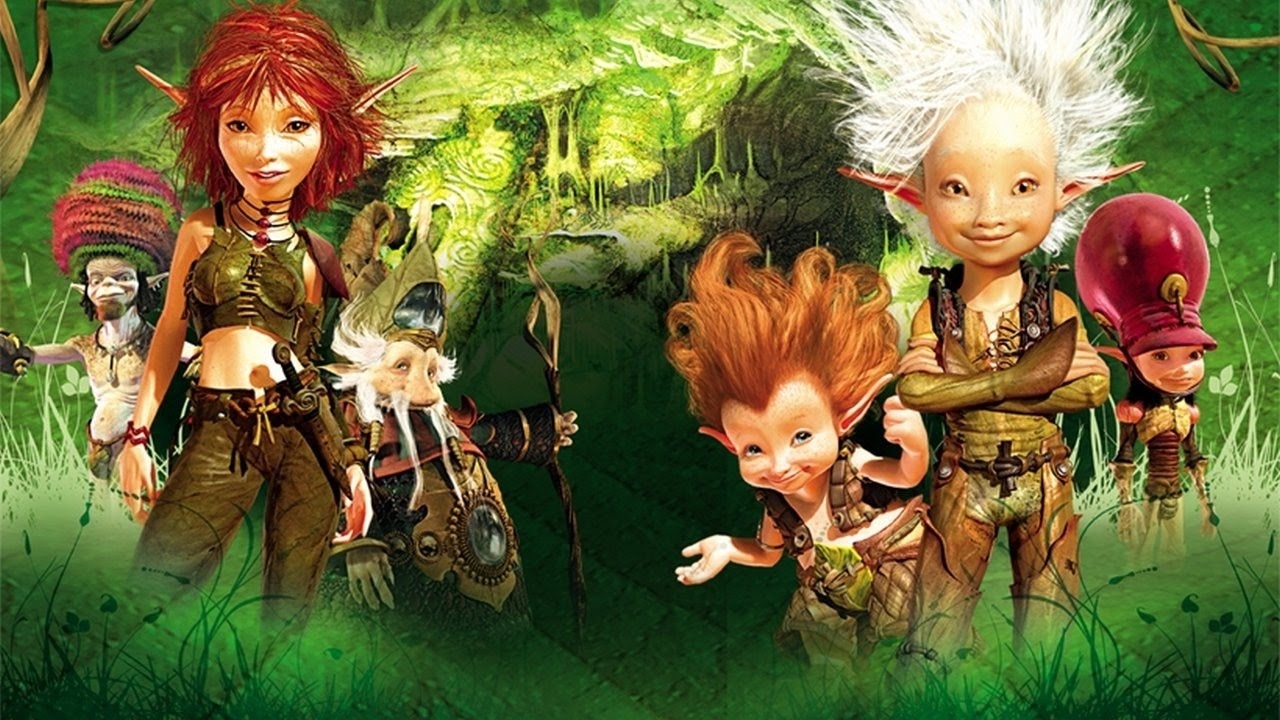
Arthur and the Invisibles (2006)
Ten year old Arthur (Freddie Highmore) has to try and save his family home from demolition. To do this he relies on the little people living in harmony with nature at the bottom of his garden.
Based on ‘Arthur And The Minimoys’, a children’s book written by Besson, this is a new venture being part live action and part animation. As is often the case with voice only parts, some quite high profile people turn up. Including Madonna, Jimmy Fallon, Mia Farrow, David Bowie, Robert De Niro, Snoop Dogg, Harvey Keitel, and Emilio Estevez.
This is supposed to be a children’s film, but whether or not the Besson name attracted an unsuitable audience is hard to say. It performed badly with critics and in the U.S.A. but did well enough in France and the rest of the world to ensure two sequels.
Arthur 2: The Revenge of Maltazard (2009)
Arthur goes to Princess Selenia’s rescue following threats from Maltazard.
Based on another children’s story ‘Arthur and the Revenge of Maltazard’, this is basically more of the same. There are, however, a couple of cast changes; Selena Gomez takes over from Madonna as Princess Selenia and Lou Reed voices Maltazard following David Bowie’s departure.
Arthur 2 went straight to DVD in the U.S.A. and didn’t do very well outside of France. $78,520,547 return from a budget of $90 million so a loss but not a huge one.
Arthur 3: The War of the Two Worlds (2010)
The final sees Arthur having to defeat Maltazard, who has grown to human size, while he is still Minimoy sized.
No cast changes this time, but also no profits at the box office ($30,698,619 return from $91 million) which means no Arthur 4… never mind.
14. The Family (2013)
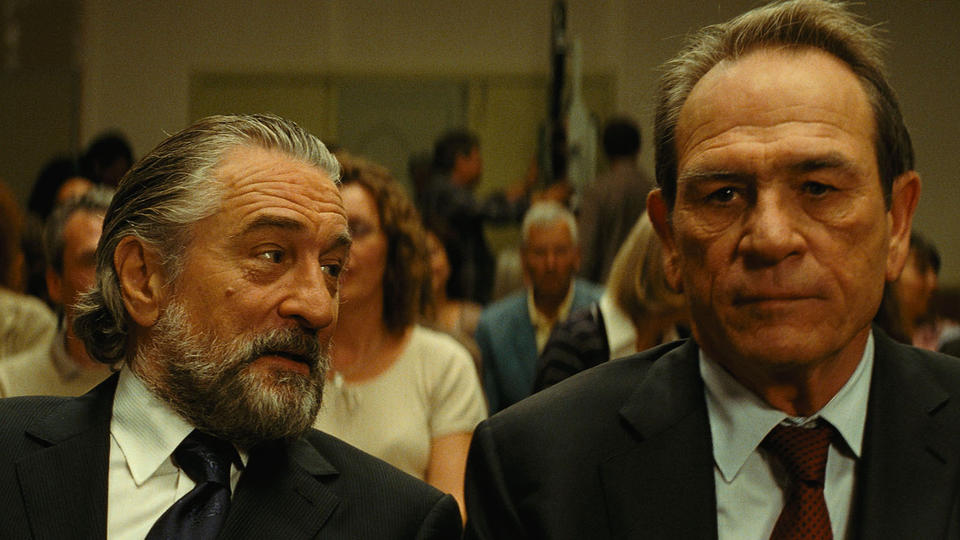
Just a typical story of your average family moving to another country and the fun and frolics they get themselves involved in. Oh… except this is a mafia family on the run from another mafia family that they snitched on and the move is organised by the witness protection programme. The family move from New York, U.S.A. to a sleepy village in Normandy, France taking their specialised skills and particular habits with them.
Can I say ’a stellar cast’? With Robert De Niro, Michelle Pfeiffer, and Tommy Lee Jones involved, I think that is a safe description. The mixed reviews make me think that it was only the big names that pulled the crowds in enough to turn a profit.
After reading things like ‘If you’d made a film as bad as The Family, you too might try to sit on it for a dozen years, dusting it down only when some sort of legal requirement demanded cinematic release.’ (The Guardian) or ‘There was a time when De Niro seemed so ungraspable, so brilliant, it was as if he had some secret access to acting that nobody else could fully understand. Maybe in the end we asked too much of him.’ Would you have gone to see it in the second week?
Action films are a Besson staple but comedy isn’t really his forte and that is where, I thought, this film falls down. You can see where the jokes and the amusing scenes are supposed to be, but they are only actually funny about a quarter of the time.
13. The Messenger: The Story of Joan of Arc (1999)
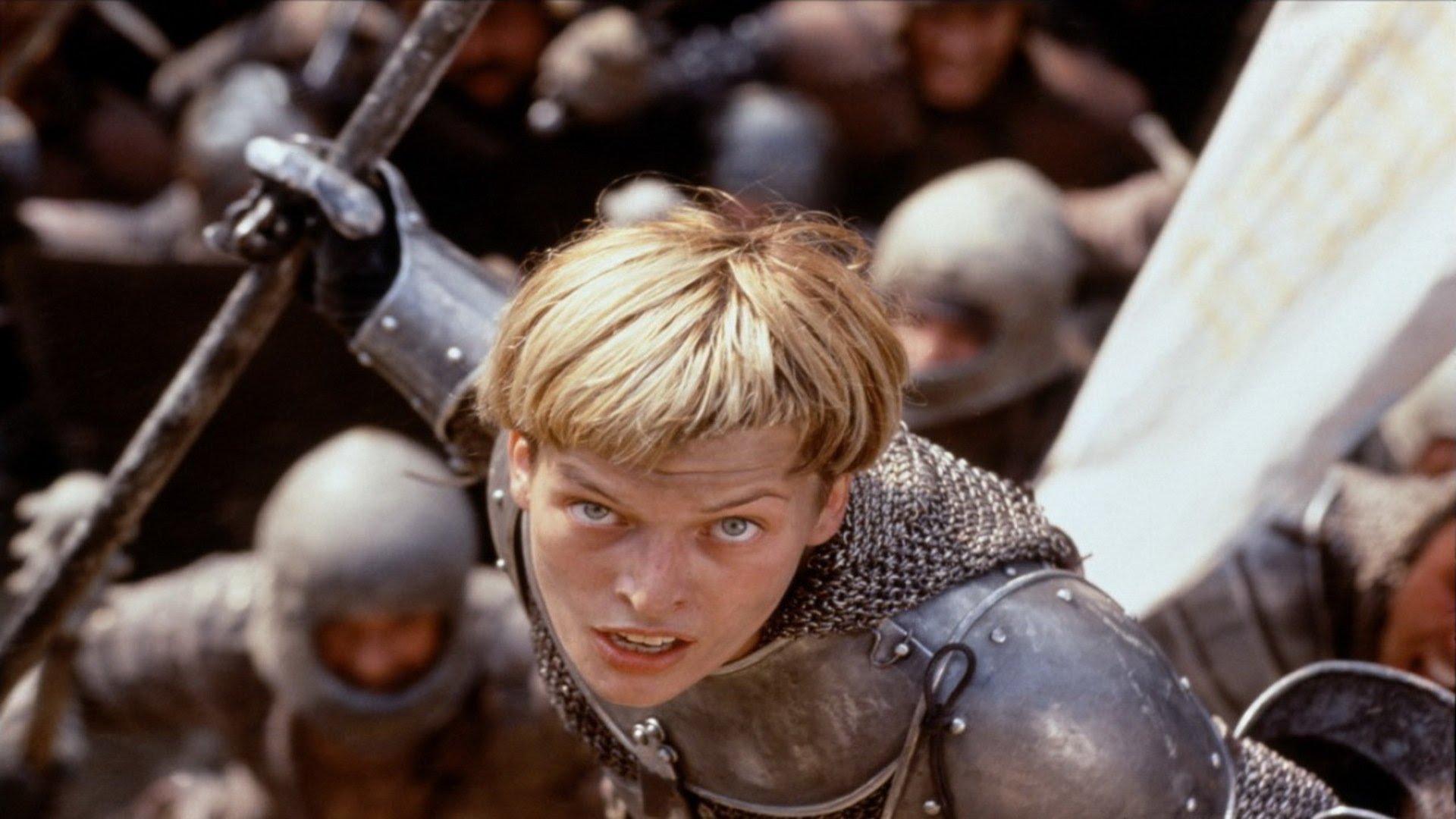
Who doesn’t know this story… a young girl receives a vision that drives her to rid France of its oppressors.
Besson’s previous film, The Fifth Element, (also starring Jovovich) was a critical and financial success (returning $263.9 million against a budget of $90 million) and it gave both their careers a boost. The Messenger was intended to build on that success and cement the status of Besson and Jovovich. It also meant that the cast included some very well known names: Dustin Hoffman, Faye Dunaway, and John Malkovich all have parts.
However, the film received mixed reviews from critics and underperformed at the box office, earning just under $67 million on a $60 million budget. It would be interesting to see how this project would have worked out with the intended original director, Kathryn Bigelow. She left following a dispute over casting Jovovich who was Mrs Besson at that time. Besson’s mood was further upset following the on set death of a stunt man.
12. Le Dernier Combat (1983)
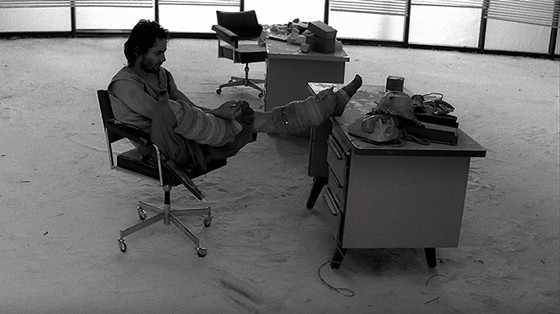
In a dark, post-apocalyptic future, the last few survivors fight for resources to keep going despite having been rendered mute. A determined loner meets a reclusive older man and, together, they battle for food, shelter and life itself.
Besson’s first feature film marks the beginning of many collaborations with Jean Reno and Eric Serra. Shot in black and white and with only two words of dialogue, this was a bold step for a debut director.
But it was a step worth taking; beautifully shot and a joy to watch. It is included in Steven Schneider’s ‘1001 Movies You Must See Before You Die’.
11. The Lady (2011)
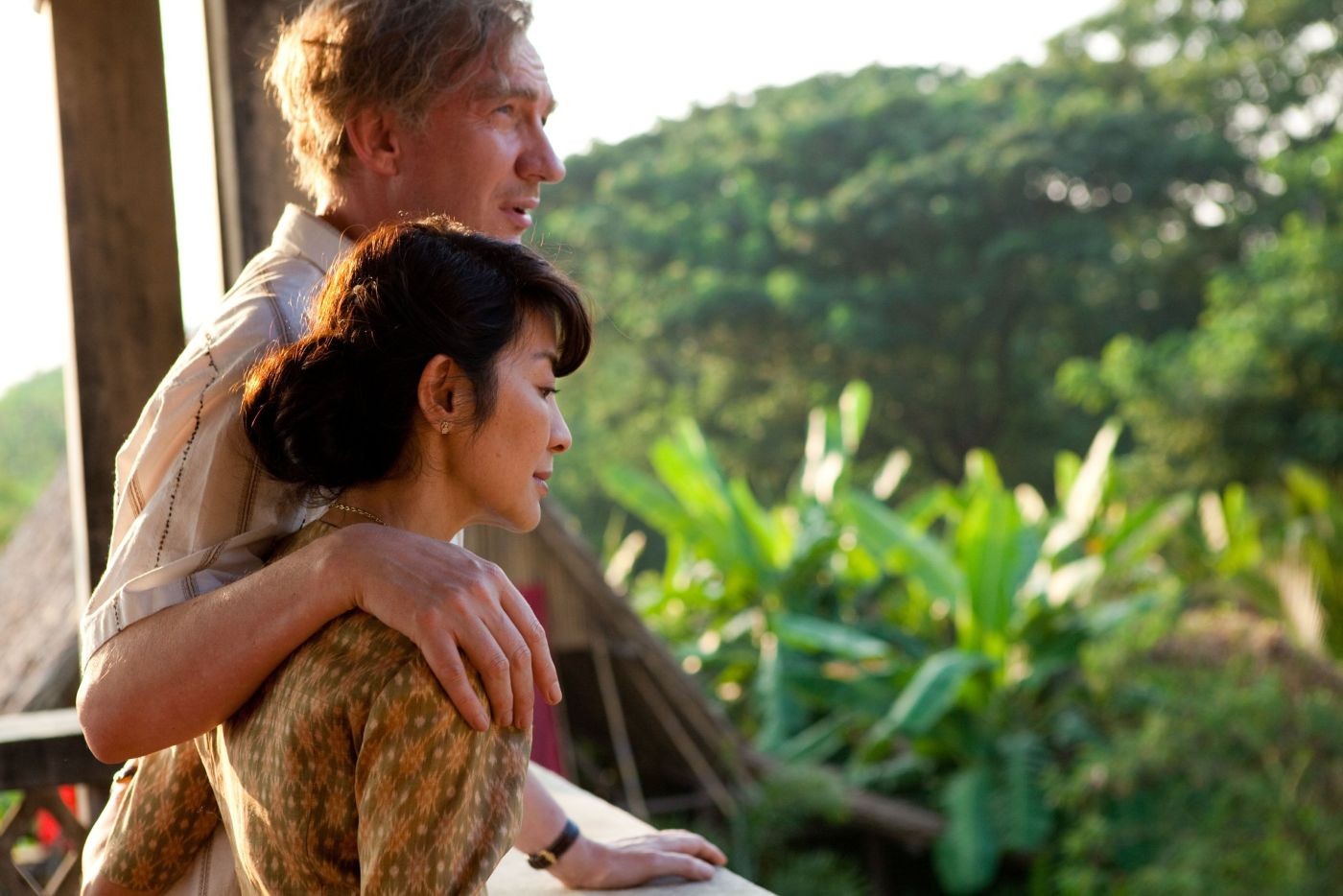
The Lady is a biographical film about Burmese political prisoner and Nobel laureate Aung San Suu Kyi (Michelle Yeoh). This is one of the few films directed by Luc Besson that he has no input on the writing. That duty was handled by Rebecca Frayn. She started working on the research in 1990. This involved interviewing Suu Kyi’s friends, family, and confidants, some of whom would only be interviewed after being guaranteed anonymity.
As well as accuracy in the script, the portrayal of Suu Kyi was thoroughly researched; she watched hundreds of hours of audiovisual material on Suu Kyi, took lessons in Burmese, and refreshed her skills as a piano player. Once or twice the filming of a scene had to stop because Michelle Yeoh’s performance of a speech (in Burmese) elicited outbursts of emotion among extras who had originally heard Suu Kyi.
There were mixed reviews with reception getting better the further East you go. It seems trite to comment on the beauty of the visuals when you are dealing with a subject as harrowing as this, but cinematographer Thierry Arbogast, once again, makes a film full of handsome, arresting images.
10. Angel-A (2005)
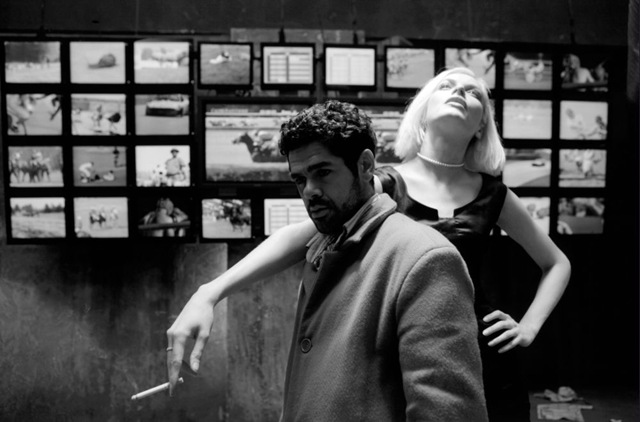
André, an incompetent con man, owes a fortune to a gang boss and decides to end it all by throwing himself in the Seine. He is saved by the beautiful Angel-A both from his suicide and the gangster. Think of ‘It’s A Wonderful Life’ but set in the Paris underworld.
Following the relative failure of ‘The Messenger’, this is a much smaller scale project with a mere $1.2 million budget. The cast is relatively unknown; Jamel Debbouze is André and Rie Rasmussen is Angel-A somehow managing to look even taller and more statuesque than her 5’10”. It is the second time that Besson has worked in black and white.
9. Atlantis (1991)
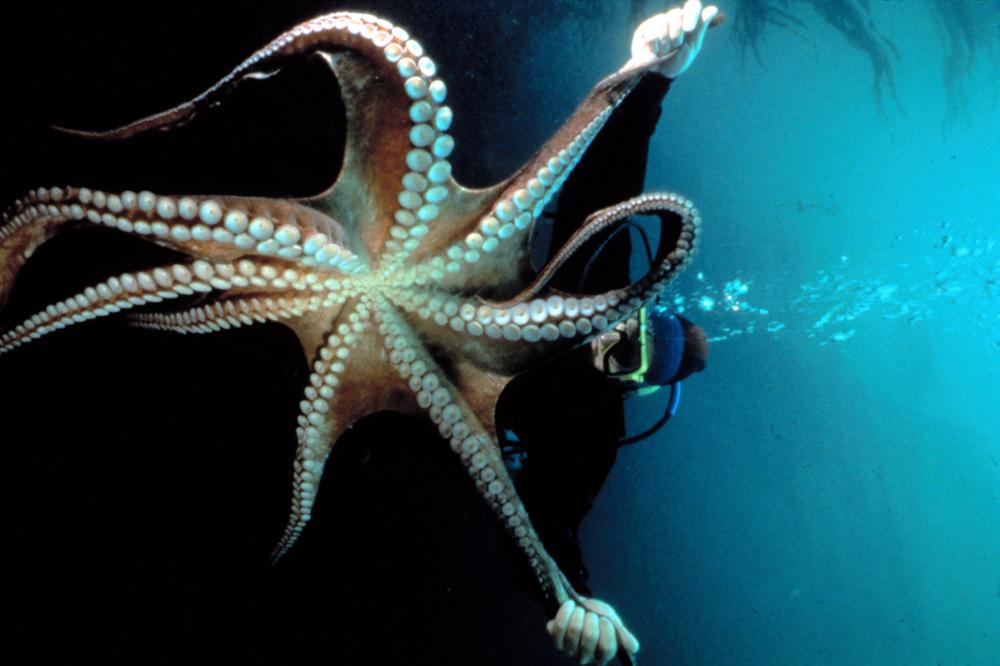
Described as a documentary this is an hour and a quarter of beautifully shot underwater scenes. No dialogue, just gorgeous scenes of life under the sea set to various musical pieces. Imagine ‘The Blue Planet’ but with David Attenborough’s narration replaced by Eric Serra’s music.
The underwater footage was shot all over the world, taking three years to shoot and it is an astonishing visual treat. Without being preachy, this movie shows how fragile and valuable our oceans are so that you come away wanting to save them.